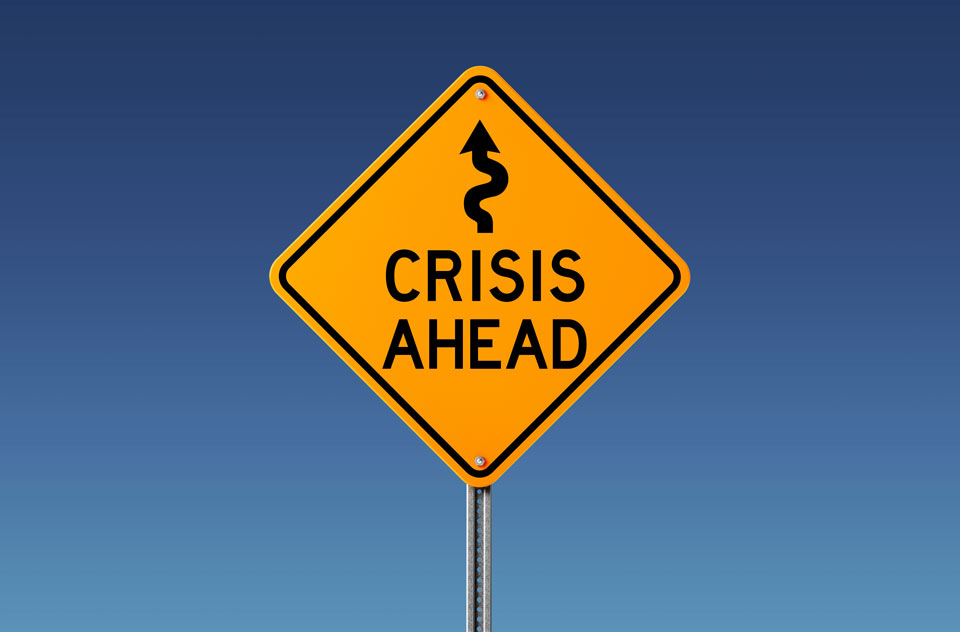The price brands pay for appearing in the wrong places

Reputation threats and crisis management used to be core to the role of corporate communicators, especially CCOs.
In these uncertain times, there are heightened risks of a brand’s behavior upsetting consumers based on the increasing polarization of social, cultural and political divides.
The result is nowadays that Chief Marketing Officers are also very much involved in anticipating and planning for threats to brand reputation.
One of those modern risks that keep CMOs awake at night is the appearance of one of their brand advertisements on the internet alongside content containing views that many consumers would find objectionable – even unforgivable.
A fascinating recent study concluded that marketeers are right to be worried.
Consumers really care and take it very personally when they see a brand they like, alongside what is known as ‘unsafe’ content.
Unsafe is material that some people would find hateful, misleading, violent, offensive or disrespectful.
And we know there is plenty of all that on the internet!
The really bad news for CMOs is that consumers do view the presence of a brand advertisement as an intentional endorsement of the content.
Yikes!
‘The Brand Safety Effect’, was based on a study in which 2,000 consumers were shown ads next to content deemed negative. Then they were asked about their reactions.
The research found that an unsafe placement of an ad led to a significant decline of consumers’ opinion of the brand across six key brand metrics:
- Less willing to associate with the brand
- Purchase intent is stifled
- Less likely to feel that a brand cares about them
- Quality perception drops
- Less likely to feel the brand is ‘in the know’
- Less likely to recommend the brand
The way that ads are bought, sold, distributed and place online is complex, difficult to totally control and, all in all, a bit of a wild west.
Brand leaders are doing all they can to be risk averse, putting pressure on their agencies and buying partners to control where the brand appears.
But there are still surprises, unexpected appearances of ads and that sinking feeling when your brand name appears alongside views and content that you know is not in line with the values of your core consumers.
For those of us in the issues and crisis management business, it’s yet another example of how the nature and source of threats is changing.
Yes, we still have traditional risks such as extreme weather, corporate malfeasance and data security – but there is a tidal wave of new risks created by the shifting social, cultural and political trends in US society.
It’s time to take another look at your crisis planning for 2019 – and make sure you know how to access and activate the plan in a hurry!










